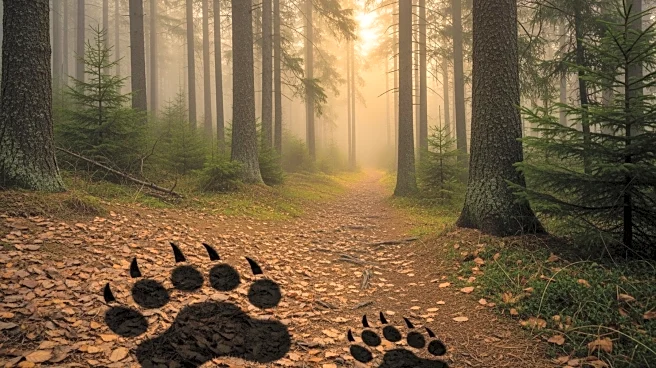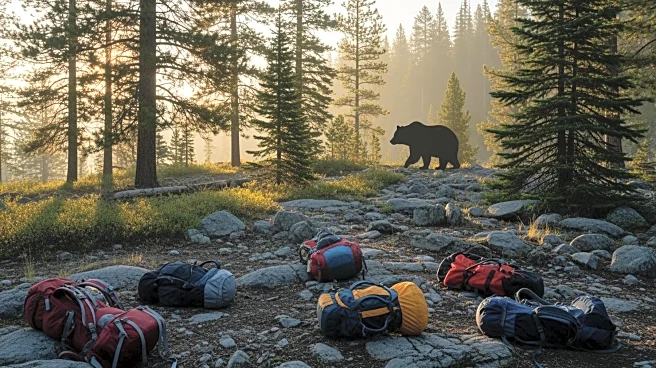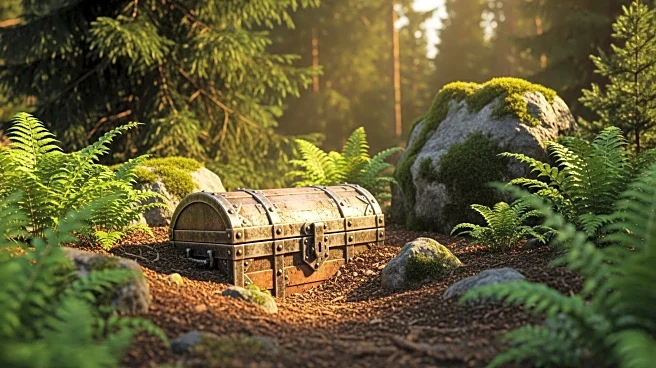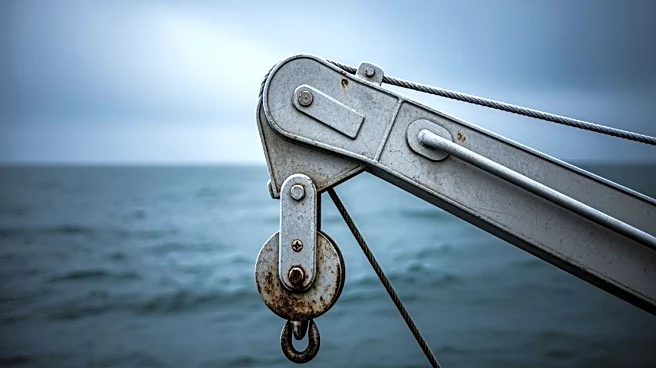What's Happening?
A grizzly bear attacked a group of schoolchildren and teachers on a walking trail in Bella Coola, British Columbia, Canada, injuring 11 people. The incident occurred on Thursday afternoon, with two individuals critically injured and two others seriously
injured. The bear remains at large, prompting authorities to advise residents to stay indoors and avoid the area. Teachers used bear spray and noisemakers to fend off the bear, preventing further injuries. The attack has raised concerns about safety protocols and wildlife management in the region.
Why It's Important?
The attack highlights the challenges of managing wildlife in areas where human activities intersect with natural habitats. It underscores the need for effective safety measures and community preparedness to prevent such incidents. The event has sparked discussions about the impact of wildlife protection policies, such as the ban on hunting grizzlies, which some argue may contribute to increased bear-human interactions. The incident also emphasizes the importance of respecting Indigenous knowledge in wildlife management and the need for collaboration to ensure community safety.
What's Next?
Authorities are actively searching for the bear and collecting evidence to capture it. The local school will remain closed, and counseling services will be provided to those affected. The incident may lead to a reevaluation of wildlife management policies and safety protocols in the region. Discussions on the balance between conservation efforts and community safety are likely to continue, with potential changes in policy to address the concerns raised by the attack.
Beyond the Headlines
The attack raises ethical questions about the coexistence of humans and wildlife, particularly in areas where conservation efforts have altered traditional practices. It highlights the need for a nuanced approach to wildlife management that considers both ecological preservation and human safety. The incident may prompt a broader conversation about the role of Indigenous communities in managing natural resources and the integration of traditional knowledge into modern conservation strategies.














